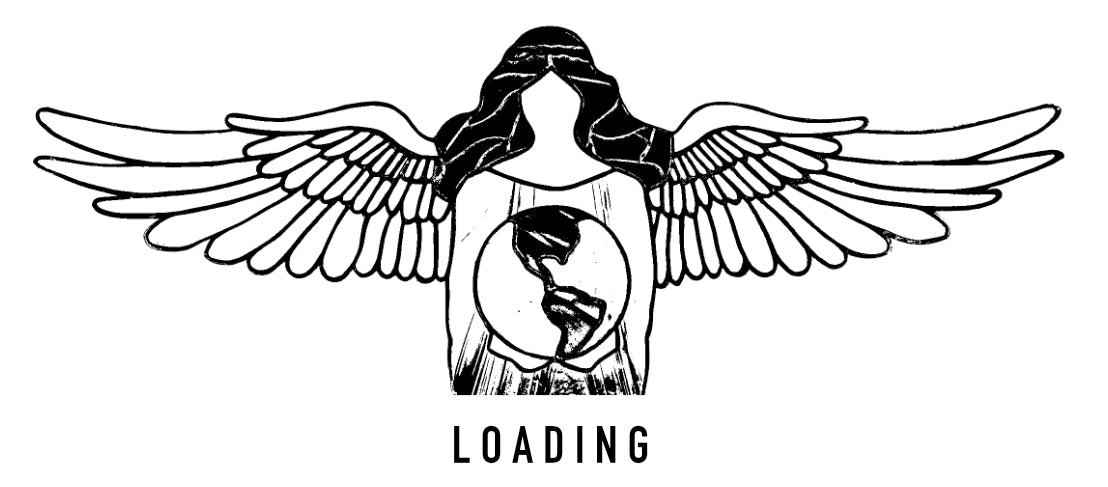Chlorophyll Plaster for Easing Muscle Aches, Sprains with Simple Greens

Recipe for making a plaster using easy-to-access garden greens that eases pain and reduces swelling of minor soft tissue injuries.
Using greens such as parsley, dandelion greens, cabbage, or bok choy, one can make a plaster that relieves swelling and discomfort from minor acute injuries. The ingredients are easy to obtain and economical to use.
Plaster recipe:
45% green matter chopped fine
5% grated fresh or dry ground ginger
50% all purpose wheat flour
water as needed
Mix the first three ingredients together gradually adding enough water to make a consistency of a soft dough. Any left over can be refrigerated for a few days. If it starts to smell sour, it is no longer of use. Apply the dough to about one quarter to a half inch thick and expanded beyond the injury about an inch or two. Secure in place with gauze bandage. Leave on for four hours the first application. Then can be applied 24/7 changing the plaster every eight hours. If the plaster becomes soggy or very dry, change it sooner. If you experience skin irritation, apply dark sesame oil to clean skin prior to plaster application.
For those who can not ingest non-steroidal anti-inflammatory drugs (NSAIDs), this is a great way to reduce pain and swelling. For those who do use NSAIDs, this is another tool to aid the body’s healing mechanisms.
Using greens such as parsley, dandelion greens, cabbage, or bok choy, one can make a plaster that relieves swelling and discomfort from minor acute injuries. The ingredients are easy to obtain and economical to use.
Plaster recipe:
45% green matter chopped fine
5% grated fresh or dry ground ginger
50% all purpose wheat flour
water as needed
Mix the first three ingredients together gradually adding enough water to make a consistency of a soft dough. Any left over can be refrigerated for a few days. If it starts to smell sour, it is no longer of use. Apply the dough to about one quarter to a half inch thick and expanded beyond the injury about an inch or two. Secure in place with gauze bandage. Leave on for four hours the first application. Then can be applied 24/7 changing the plaster every eight hours. If the plaster becomes soggy or very dry, change it sooner. If you experience skin irritation, apply dark sesame oil to clean skin prior to plaster application.
For those who can not ingest non-steroidal anti-inflammatory drugs (NSAIDs), this is a great way to reduce pain and swelling. For those who do use NSAIDs, this is another tool to aid the body’s healing mechanisms.

